
In computer vision, object detection is a fundamental task that involves both localization (finding the object) and classification (naming it). Traditional methods rely heavily on box labels for all object classes, but the available detection datasets are often smaller in size and vocabulary. This limitation poses challenges when detecting specific objects such as identifying defects in products which often have a dataset of the same items in similar settings. Fortunately, recent breakthroughs in training large foundation models on image classes using image-level labels, like DETIC, allows for initial labeling to bootstrap your object detection project!
This blog post shows you how to evaluate and think about using large foundation models when dealing with real-world or synthetic datasets and highlights how custom training can help you leverage foundation models in your computer vision pipeline.
Models like DETIC interpret the world through mathematical representations of pixels, patterns, and features. The underlying neural networks analyze images by extracting low-level features and gradually learning higher-level representations. By training on a large dataset, models can develop an understanding of common visual patterns and generalize their knowledge to detect objects in new images as you can see in these examples.
Detecting Objects in Simulation vs Real Life Images
DETIC's performance can be limited when applied to custom datasets, such as identifying specific types of barrels or defects in them. Several factors contribute to these challenges:
- Dataset Bias: DETIC is trained on all twenty-one-thousand classes of the ImageNet dataset, which may not adequately represent the specific characteristics and variations present in your custom datasets. As a result, the model may struggle to generalize and accurately detect objects in these specialized domains.
- Domain Shift: Custom datasets often exhibit significant differences from the data distribution on which DETIC was trained. For example, DETIC may have been trained on real-life images while the target custom dataset contains synthetic or hyper realistic game environments. This domain shift can lead to a performance drop as the model struggles to adapt to the new visual characteristics and challenges presented by the simulated environment.
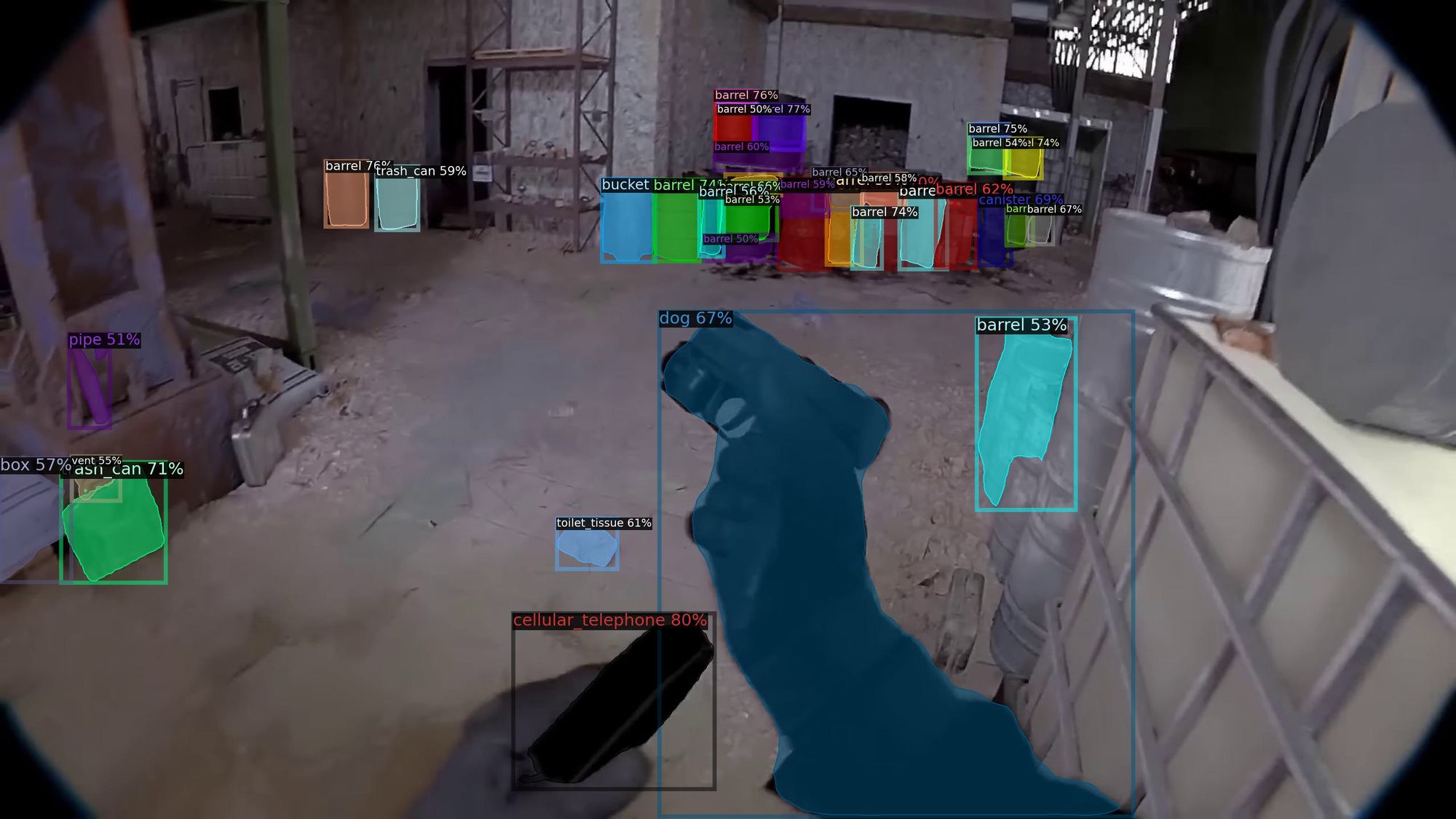
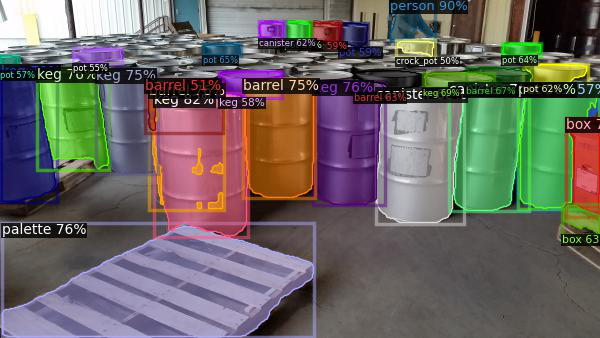
Detecting Objects in Hyper realistic Game Environment vs Real Life Environment
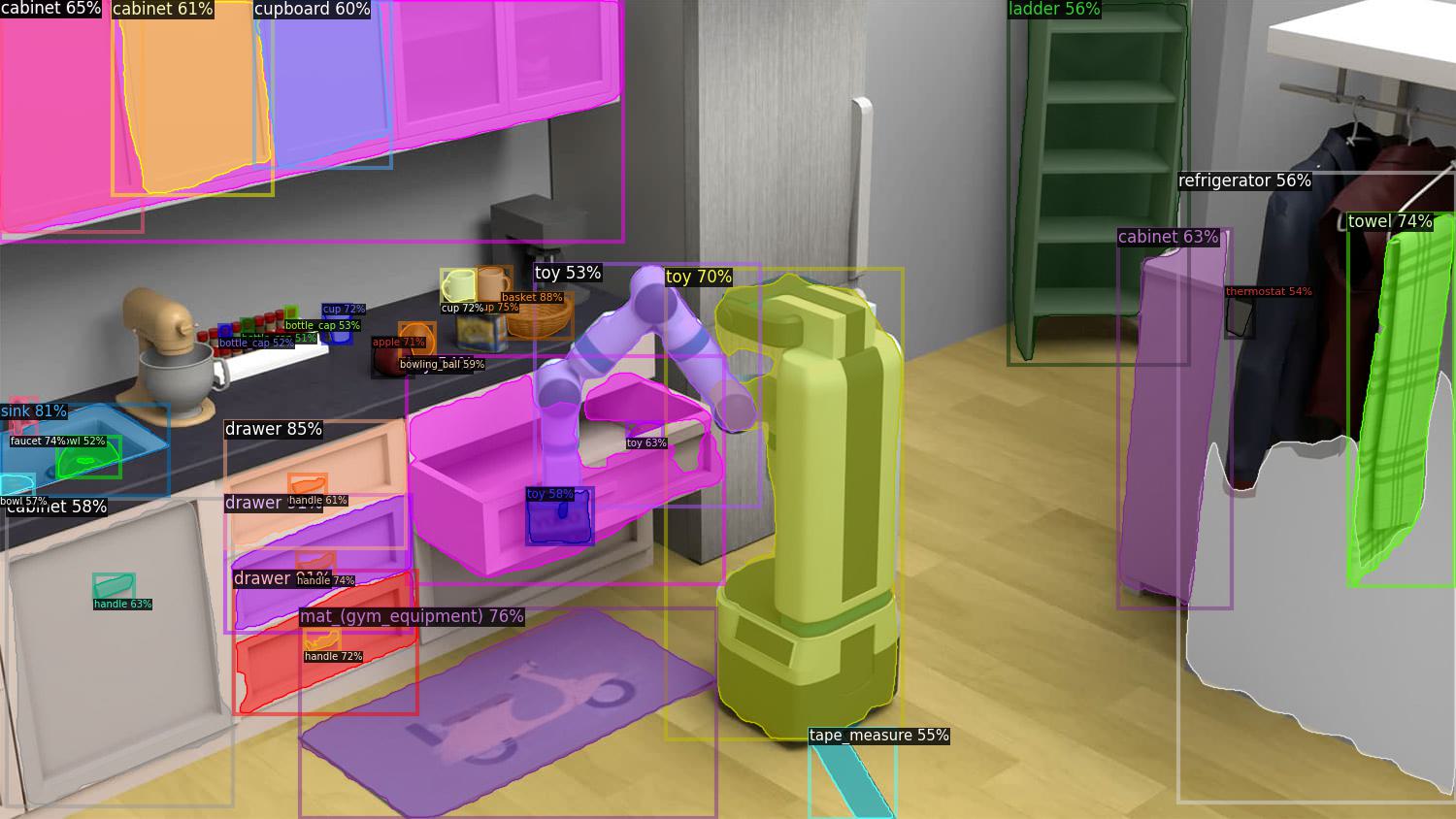
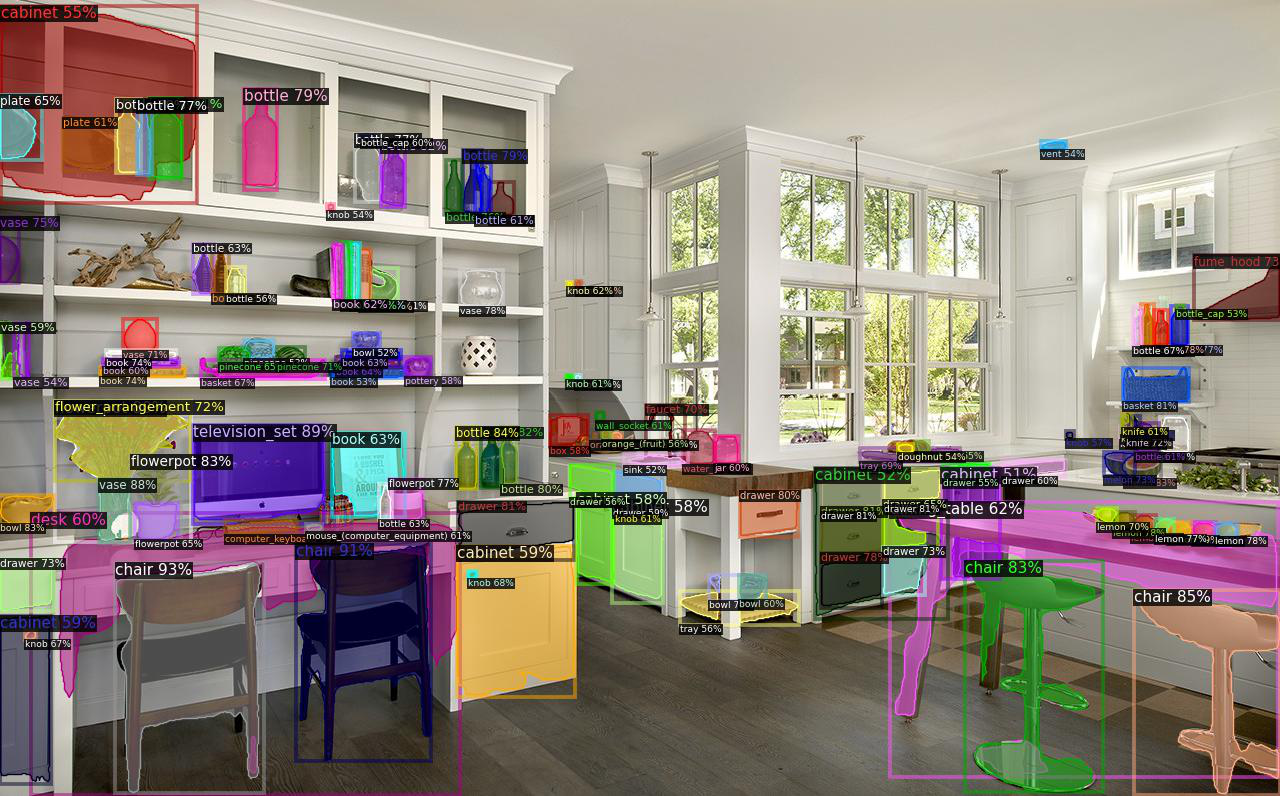
Detecting Objects in 3D Simulated Environment AI Habitat vs Real Life Environment
To overcome the limitations of DETIC on custom datasets, custom training becomes a useful tool and we can use DETIC as a baseline to improve a custom model’s performance.
Classifying Chip Parts using DETIC vs Custom Training
By curating a dataset that includes examples of the specific defects or anomalies you want to detect, the model can learn and adapt to the unique characteristics of the problem domain. This process improves the model's performance and ensures it can effectively detect the specific objects.
For example, we can see the difference between classifying specific chip parts using DETIC and custom training using a Roboflow hosted model.
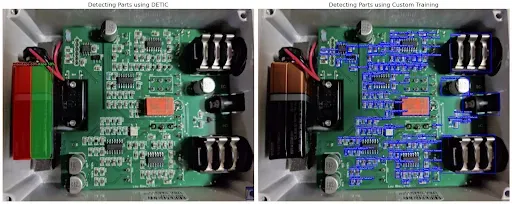
While DETIC excels in general object detection tasks, its performance can be further enhanced through custom training on specialized datasets. Roboflow helps in this process by offering a range of tools and resources:
- Dataset Management: Roboflow provides an intuitive interface to organize, annotate, and preprocess custom datasets. This streamlines the data preparation process and ensures that the dataset is properly formatted for training.
- Augmentation: Roboflow offers a wide range of augmentation techniques, such as random cropping, rotation, and color transformations. These augmentations help increase the diversity of the dataset, improving the model's ability to handle variations present in real-life images.
- Transfer Learning: Leveraging transfer learning, Roboflow allows you to initialize models with pre-trained weights and then fine-tune it on your custom dataset. This approach jump-starts the training process and enables the model to learn from its prior knowledge while adapting to the nuances of the target dataset.
- Model Evaluation and Iteration: Roboflow provides evaluation metrics and visualization tools to assess the performance of detection on your custom dataset. This iterative feedback loop enables you to make data-driven decisions and continuously improve the model's accuracy and reliability.
Conclusion
While DETIC offers advancements in object detection by decoupling localization and classification, it may face limitations when applied to custom datasets with specific requirements. Custom training, enabled by platforms like Roboflow, improves the performance of object detection models on specialized tasks.
To make the most of foundation models, like DETIC, you can tailor the training process to focus on the specific objects or anomalies you aim to detect, ensuring accurate and reliable results in real-life and simulated scenarios.
Autodistill is an open source framework by Roboflow to automate the use of large foundation models for training faster target models. We also support DETIC as a base model for use with Autodistill!
Cite this Post
Use the following entry to cite this post in your research:
Arty Ariuntuya. (Jul 5, 2023). Detecting Objects with DETIC vs Custom Training. Roboflow Blog: https://blog.roboflow.com/detic-vs-custom-training/
